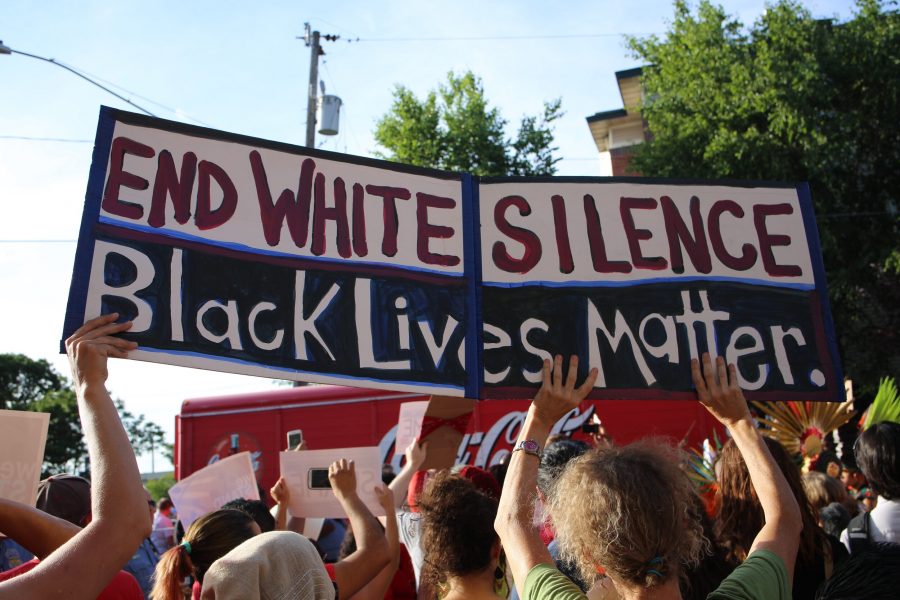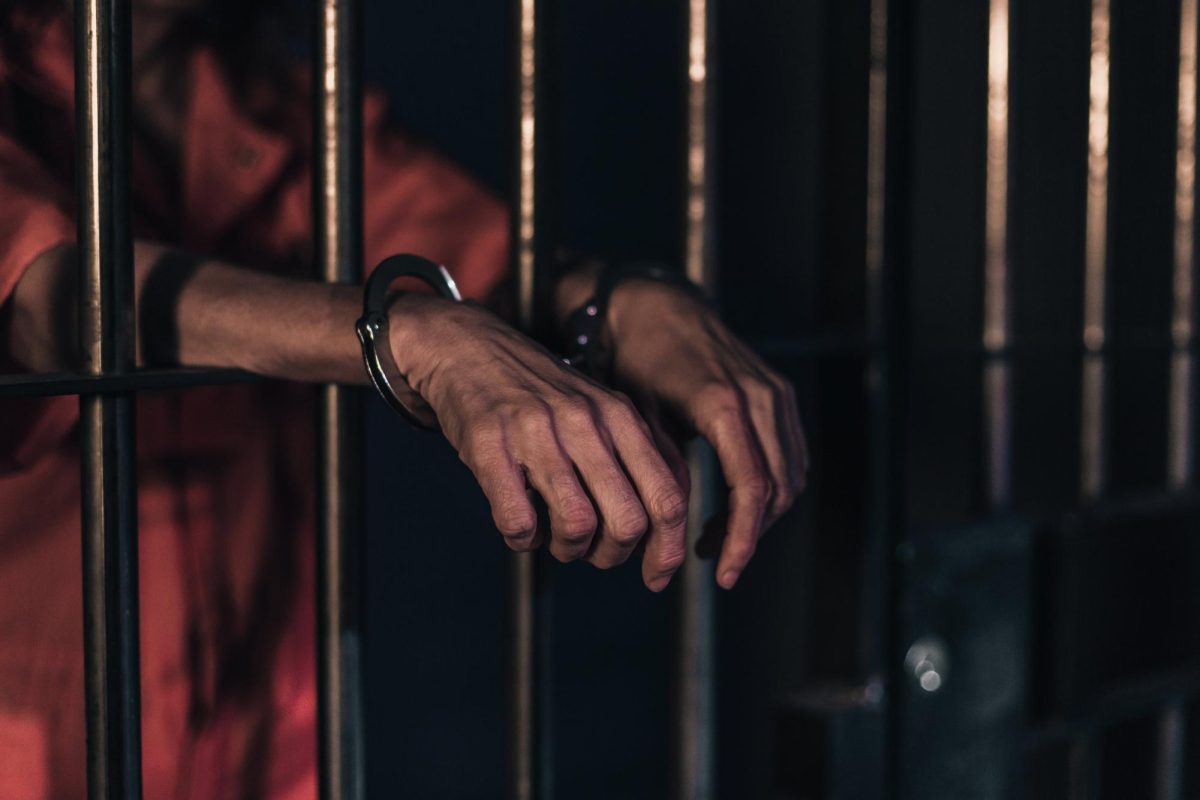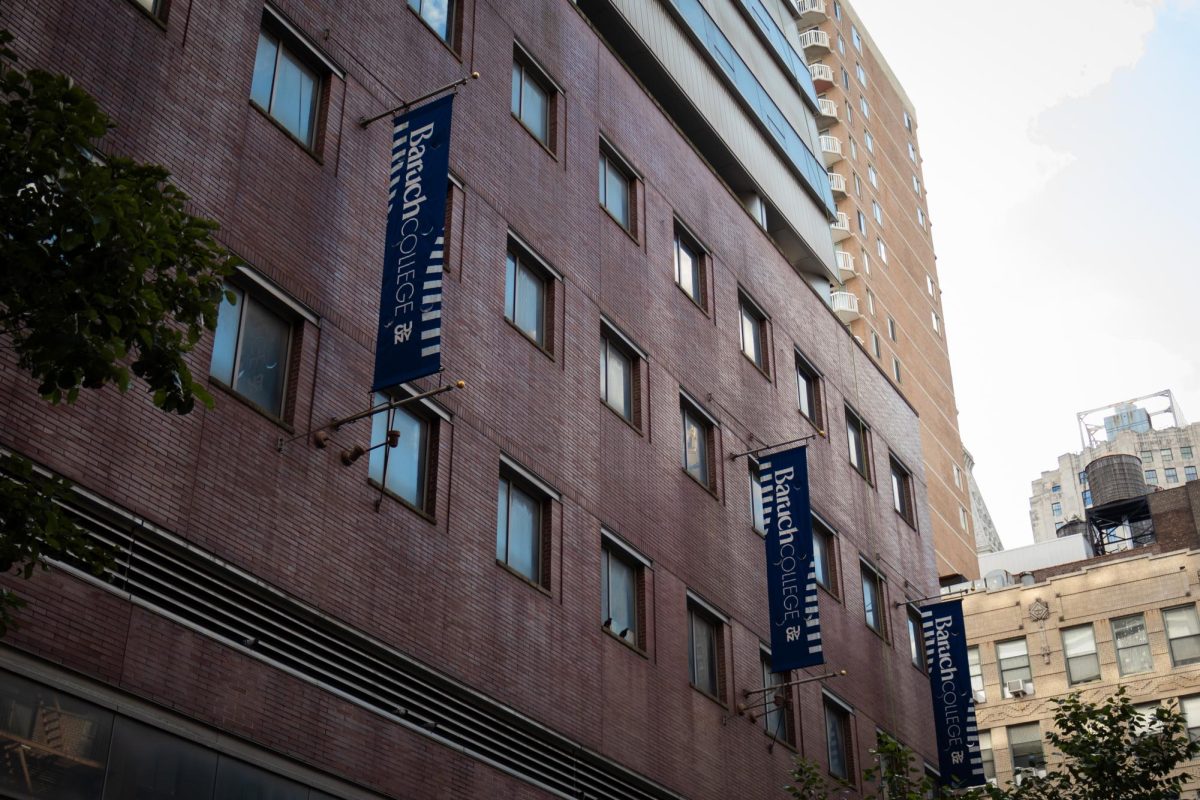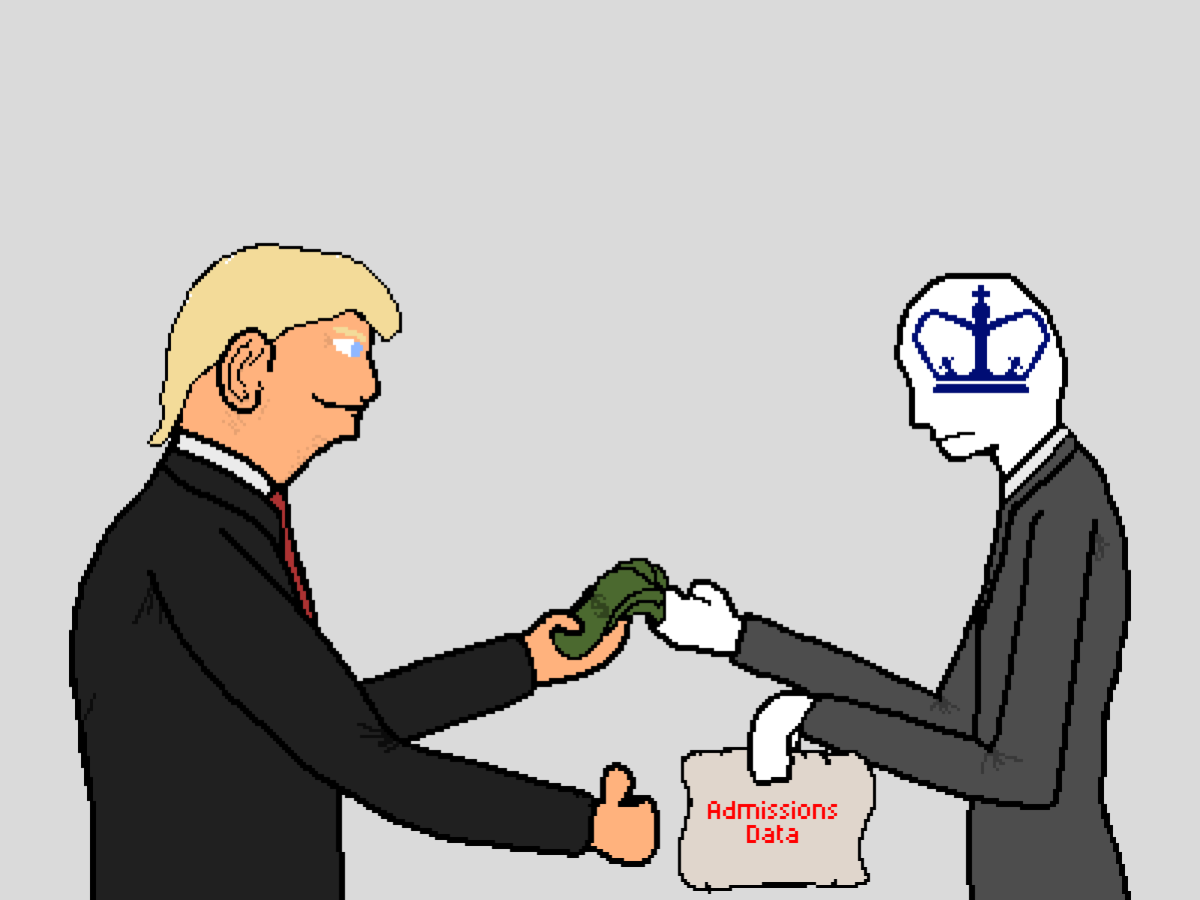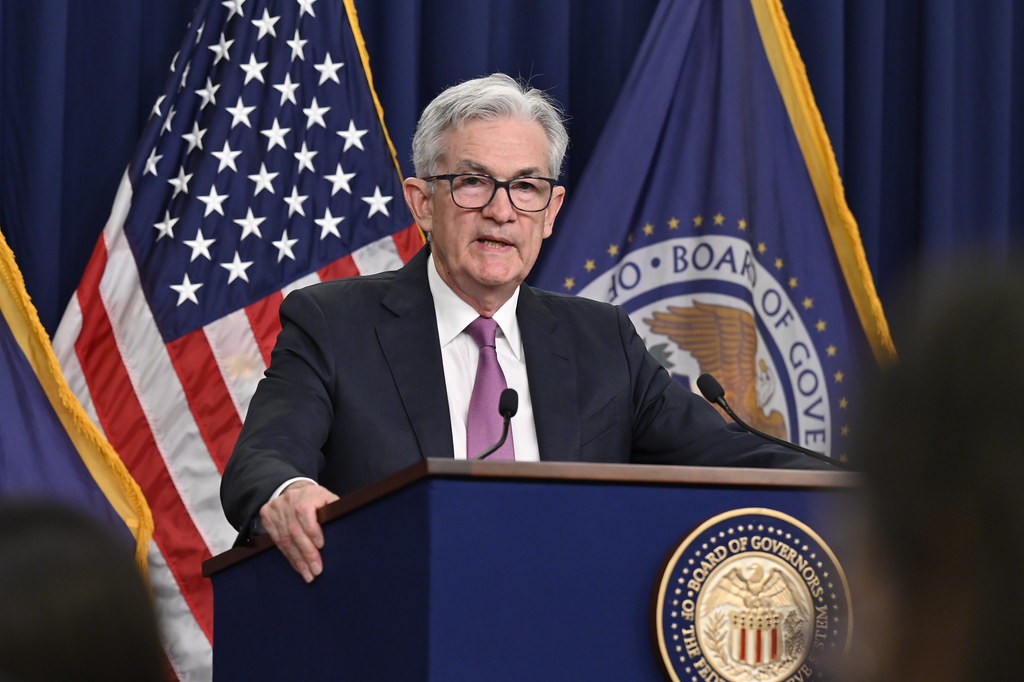The road that has led us to the current protests across the United States and other countries is long and complicated. Normally, production for The Ticker would not resume until the next semester, but given the circumstances and the importance of what is happening, the editorial board decided to report on a variety of topics related to the protests and what has led to them.
The editorial board also wants to explain the long discriminatory history that has troubled the United States since its independence, by presenting the timeline that illustrates what has led up to this point.
The movement for equal treatment has come in multiple forms. Currently, the Black Lives Matter movement has become a prevalent leader in dealing with issues of racism. With roots in the Civil Rights Movement, BLM officially began in 2012, after George Zimmerman was acquitted of killing Trayvon Martin, an unarmed 17-year-old African American teen in Florida. Created by community organizers Alicia Garza, Opal Tometi and Patrisse Cullors, the group aims to end racial violence and discrimination across the country.
After the death of another unarmed African American man, Eric Garner, who died when NYPD officer Daniel Pantaleo placed him in a chokehold in 2017, the group furthered its involvement in fighting against racial injustice. A bystander recording the incident caught Garner’s last words, “I can’t breathe,” which have since become symbolic to the movement.
The phrase resurfaced this past week when George Floyd, a 46-year-old man from Minneapolis, died after officer Derek Chauvin and other Minneapolis PD officers pinned him down for 8 minutes and 46 seconds. Despite Floyd not resisting arrest, once again, the last suffocating words heard were “I can’t breathe,” which infuriated millions.
Police brutality, racial discrimination and violence against minorities are all interconnected and deeply embedded into the U.S. history. Before the Civil War, patrols were created to find and punish runaway slaves. Even after the abolishment of slavery, African Americans were severely punished for violations that were otherwise trivial. Policing with force has been used in this country to intimidate and suppress people of color, so much so that some police officers were also secret members of white supremacy groups, such as the Klu Klux Klan.
Policing in the United States today has created statistics that are alarmingly high in minority communities. Data from the National Academy of Sciences in 2019 showed that African Americans are two and a half times more likely to be killed by police than white Americans.
Another study from the American Psychological Association found that African Americans are often described with adjectives such as: “dangerous,” “aggressive”, “violent” and “criminal.”
In recognizing the long history of racism in the United States, we are able to understand why incidences like the death of George Floyd take part in a deeply embedded pattern of injustice. At the hands of a police officer, George Floyd’s horrific death is just the latest in a narrative of racism and police brutality that has existed for hundreds of years.
Our coverage is to show the significance of this push for change. The editorial board welcomes any person who feels the need to share their story to reach out to us so that we may give them a voice. If anyone reading our stories disagrees with the content, you may write a letter to the editor that The Ticker will gladly publish.


